The South Carolina sun may be sizzling, but Cane Bay Veterinary Clinic is still the coolest place for pets. Our caring team has compiled our top tips and tricks for helping your pet beat the heat and enjoy a safe and fun summer season.
DO understand heat-related health hazards for pets
Heat is a deadly, yet often underestimated, threat to pets. And, extreme temperatures are not the only danger—mildly warm days (e.g., 70 degrees and sunny) can be equally dangerous for at-risk pets, such as brachycephalic (i.e., flat-faced) breeds, and overweight, young, and old pets.
Heatstroke (i.e., hyperthermia) is a life-threatening emergency that occurs when pets cannot effectively cool themselves through panting. Affected pets overheat rapidly and experience significant distress. Left untreated, heatstroke can lead to irreversible organ and brain damage and death.
DON’T ignore heatstroke warning signs in pets
Pet owners frequently overlook their pet’s initial heat-related discomfort, especially if the pet is engaged in activity (e.g., swimming, playing with another dog). Unfortunately, your pet can rapidly deteriorate if you ignore their initial warning signs.
Take your pet inside or to a cooled location immediately should you notice heat stress signs, such as:
- Excessive panting
- Rapid heart rate
- Excessive drooling
- Restlessness
- Lethargy
- Weakness
- Mental dullness (i.e., inability to focus or respond to commands)
These signs, left untreated, may be quickly followed by more obvious distress signs, such as incoordination, collapse, vomiting, discolored gums, seizures, or loss of consciousness. If your pet’s heatstroke signs are severe, prepare them for transport and immediately contact Cane Bay Veterinary Clinic or the nearest emergency veterinary center.
DO ensure your pet stays hydrated
Water is essential for life and a necessary component of every cellular body process. If your pet’s water intake does not match their body’s water expenditure and output—including panting (i.e., evaporative cooling) and waste removal through urine and feces—they can become dehydrated. As in humans, dehydration can affect a pet’s cognitive ability because of reduced oxygenation and disrupt normal digestion. Persistent dehydration can lead to organ failure and death.
Prevent dehydration by ensuring your dog or cat has unlimited access to fresh water. Replace your pet’s water frequently to ensure they always have clean, cool water. Encourage drinking by providing periodic water breaks during play or travel, spiking the water with low sodium broth or pet-safe water enhancers, or installing a pet water fountain. Increase your pet’s daily water intake by feeding fresh or wet food, or soaking their dry food.
DON’T leave your pet unattended in a parked vehicle
The Cane Bay Veterinary Clinic team believes a pet’s place is by their owner’s side—except during warm summer months. If you cannot take your pet with you at all times, leave your pet in your air-conditioned home.
Every summer, countless pets are left in parked vehicles and suffer from preventable heat-related emergencies and deaths. Usually, pet owners believe they’ll be gone for only a minute and assume that cracking the windows or parking in the shade will keep their pet comfortable. Unfortunately, these actions do not stop the natural greenhouse-like effect inside a parked vehicle, where temperatures can rise as much as 20 degrees in less than 10 minutes.
Avoid this unnecessary tragedy by traveling with a friend, ensuring your destination is pet-friendly, or leaving your pet at home.
DO reward your pet with fun frozen treats
Frozen treats are fun, healthy, and affordable, and can ensure your pet stays cool and hydrated during warm weather. Some of our favorite frozen treats include:
- Fruit — Serve pet-friendly fruit (e.g., watermelon, strawberries, blueberries, or cantaloupe) whole, sliced, or cubed, depending on your pet’s size.
- Vegetables — For a savory bite, freeze and serve carrots, green beans, snap peas, or broccoli.
- Food-stuffed toys — Combine your pet’s favorite flavors or their dry food with wet ingredients, such as plain non-fat yogurt, canned pet food, or low-sodium broth, and fill a hollow toy, such as a Kong or West Paw Toppl.
- Ice block pup-sicle — If your dog loves ice cubes, fill and freeze a plastic container with water and a few treats or toys. Once the water is frozen, pop the ice from the container and encourage your pup to lick the cubes and free the items.
DON’T exercise your pet in extreme temperatures
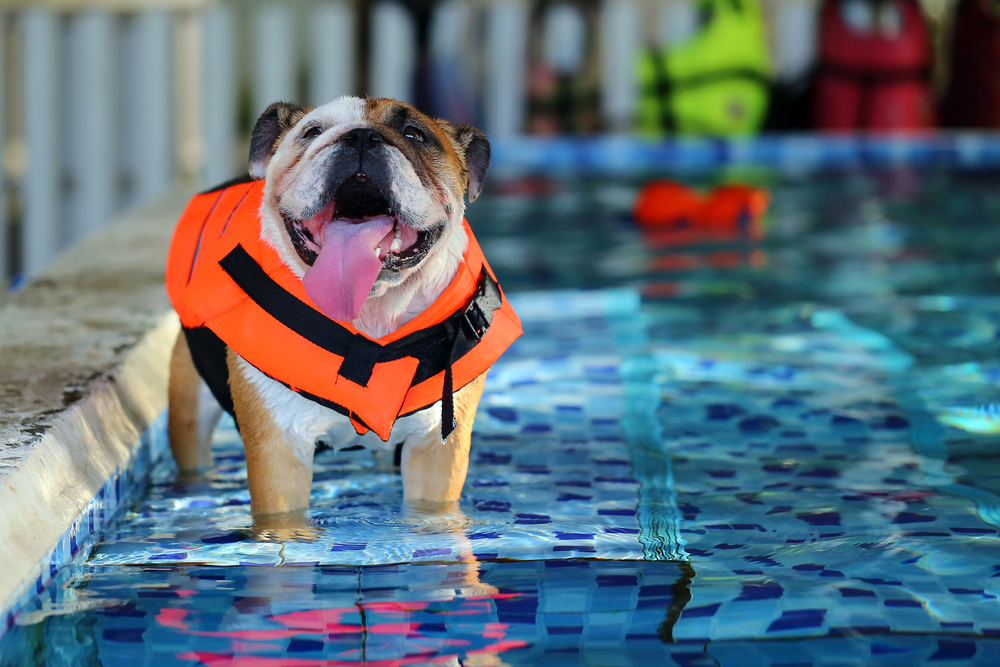
Physical exertion can accelerate heat distress, especially in at-risk pets. If you typically exercise your pet during midday or early afternoon, switch to the early morning or late evening, if possible, when temperatures and humidity are typically lower.
Although water-based activities seem safe, use caution to ensure your pet doesn’t overexert themselves while swimming or jumping into the water. Take plenty of breaks and ensure your pet wears a life jacket to prevent fatigue-related drowning.
When you venture out to walk or jog with your dog, prevent painful paw pad burns by checking road and sidewalk surface temperatures. If you cannot comfortably hold your palm against the surface for five seconds, walk your dog on the grass, or outfit them with thick-soled dog boots.
Heat can be dangerous for pets, but a little planning and extra attention can ensure your pet stays safe in the summer sun. For additional heat or outdoor safety tips, or to schedule your pet’s next appointment, contact Cane Bay Veterinary Clinic.

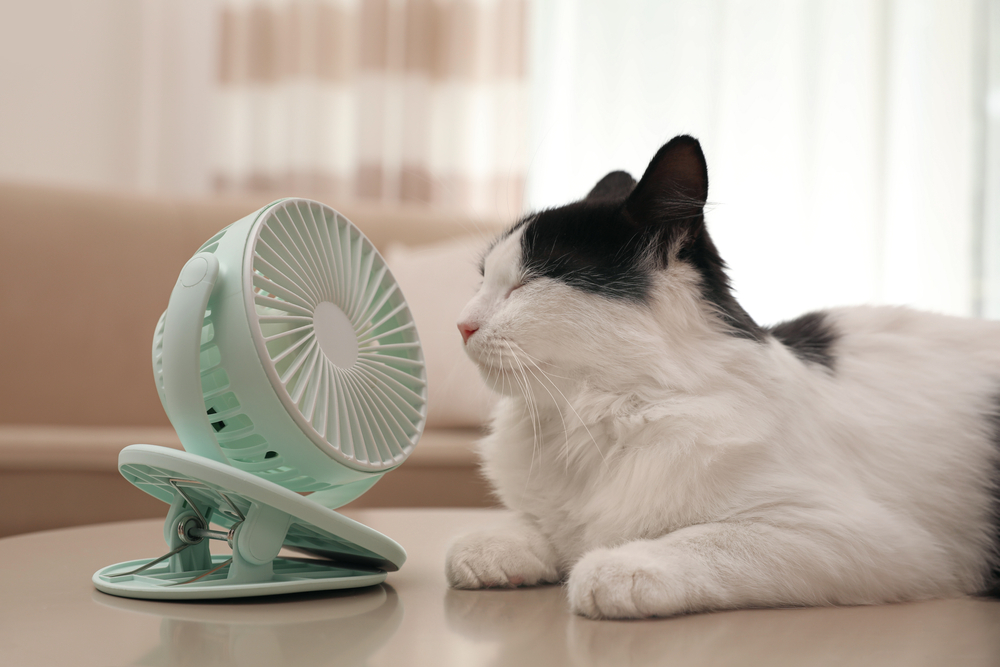
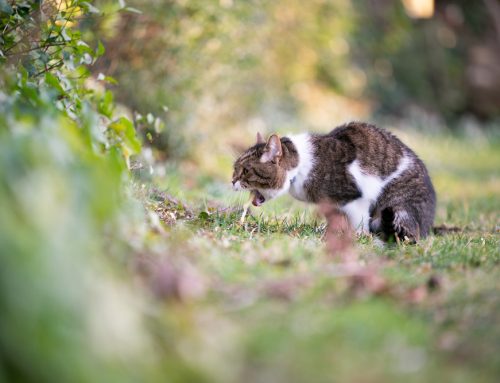
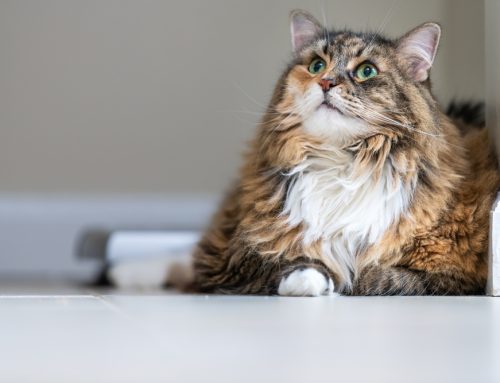
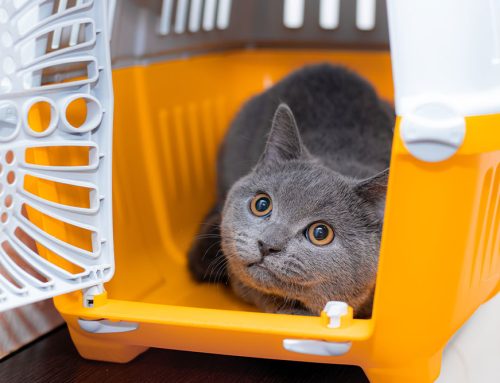
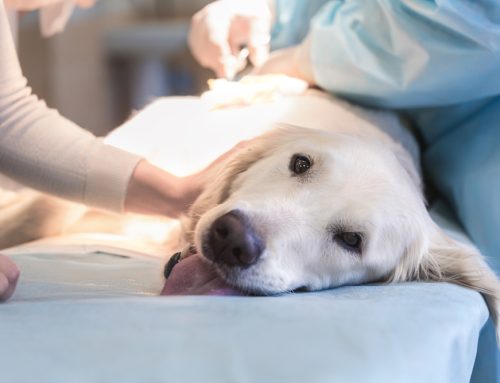

Leave A Comment